Year 2022 face_with_colon_three
From the rise of ‘synthetic creativity’ to a study of doppelgängers and a road trip to the edge of the universe, these were the stories we loved in 2022.
Year 2022 face_with_colon_three
From the rise of ‘synthetic creativity’ to a study of doppelgängers and a road trip to the edge of the universe, these were the stories we loved in 2022.
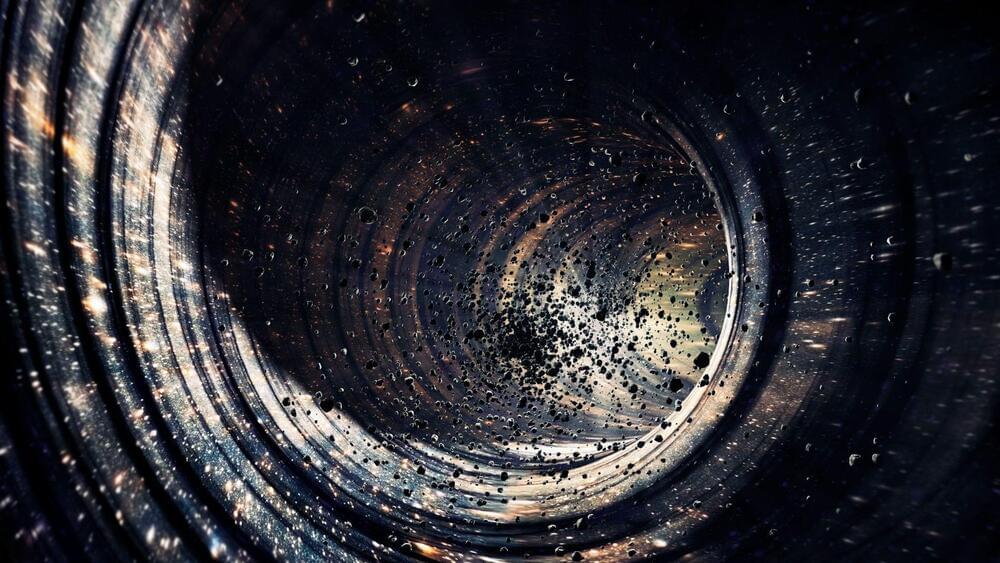
Extended special relativity describes how the universe would look if you broke the speed of light.
Scientists from the University of Warsaw in Poland and the National University of Singapore are pushing the limits of relativity with a new theory called the “extension of special relativity,” a report from Science Alert reveals.
The scientists’ new study suggests that objects may be able to go faster than the speed of light without completely shattering our current laws of physics.
Gremlin/iStock.
The new theory combines three time dimensions with a single space dimension (“1+3 space-time”), providing an alternative, mind-bending scenario to the three spatial dimensions and one time dimension we all know.
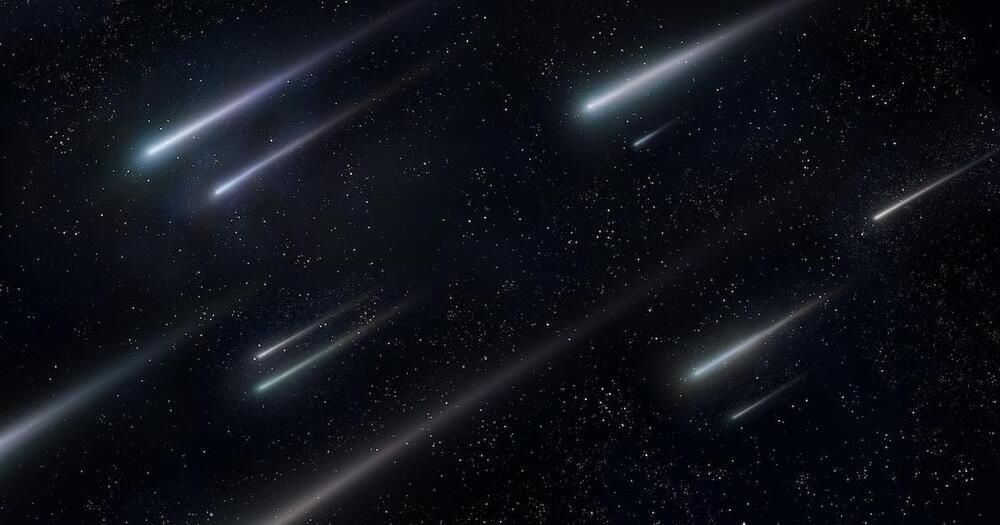
What causes meteor Showers?
Meteor showers are a cool reminder that we live on a giant ball of rock flying through space. As it circles the Sun, Earth sometimes runs into dusty debris trailing in the wake of comets — or, in the case of the Quadrantids, the wake of a small asteroid. Dust grains fall into our atmosphere, and they’re moving so fast that the friction of the air rushing past is enough to disintegrate them, creating the tiny streaks of light we see during meteor showers.
Most of our planet’s encounters with these dusty debris trails happen at about the same point in its orbit, so you can think of annual meteor showers like the Quadrantids as Earth passing a familiar landmark in space.
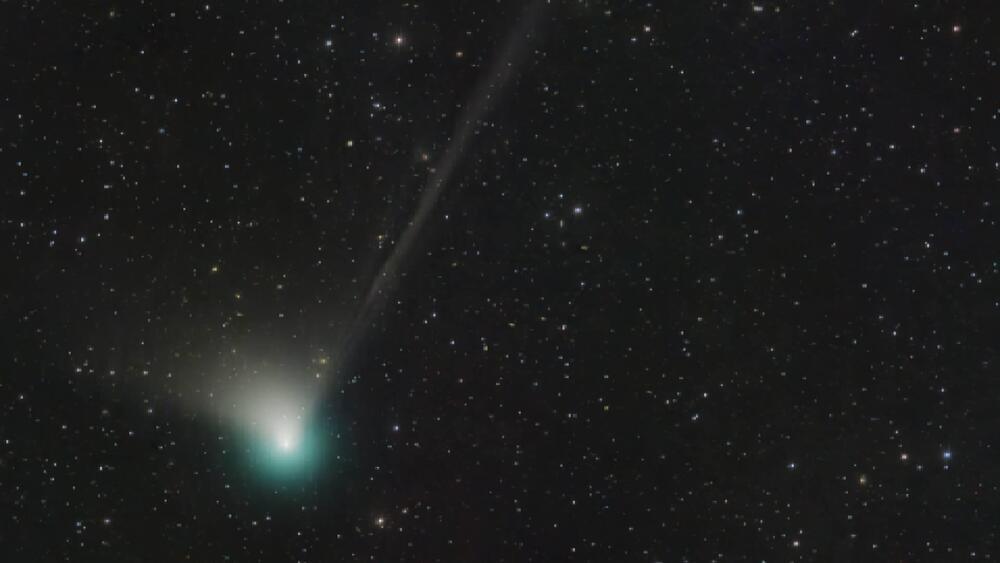
It’s called the C/2022 E3 (ZTF) comet.
A comet that last appeared in the night sky during the Ice Age will soon make a reappearance in February 2023, according to a NASA statement published last week. Called the C/2022 E3 (ZTF) comet, it orbits the sun every 50,000 years. It will now pass within 26 million miles of Earth on February 1st, 2023.
It could also be visible to the naked eye in mid-to-late January. The comet can be seen using binoculars and low-level telescopes when the skies are clear.
NASA/Dan Bartlett.
Called the C/2022 E3 (ZTF) comet, it orbits the sun every 50,000 years. It will now pass within 26 million miles of Earth on February 1st, 2023.
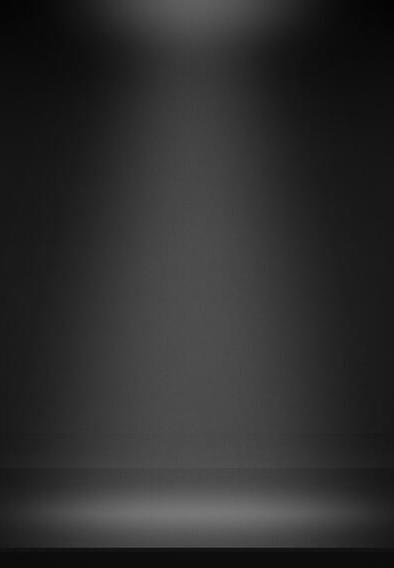
Now picture a random object, or a scene from your childhood, and ask yourself the same questions. How vividly can you ‘see’ it in your mind?
Some people cannot see anything. Nothing. Their mind’s eye is blank. They experience a neural phenomenon called aphantasia.
Aphantasia is a condition in which a person cannot visualize mental images. In other words, when they attempt to imagine or think about something they cannot create an internal mental image or picture. Because of this, individuals who experience aphantasia can have a hard time recalling things like past experiences and the visual details associated with those memories. They also tend to have difficulty with tasks that require visualizing or imagining physical objects and how they move and rotate in space. This can have an impact on their spatial reasoning.

Nothing can go faster than light. It’s a rule of physics woven into the very fabric of Einstein’s special theory of relativity. The faster something goes, the closer it gets to its perspective of time freezing to a standstill.
Go faster still, and you run into issues of time reversing, messing with notions of causality.
But researchers from the University of Warsaw in Poland and the National University of Singapore have now pushed the limits of relativity to come up with a system that doesn’t run afoul of existing physics, and might even point the way to new theories.
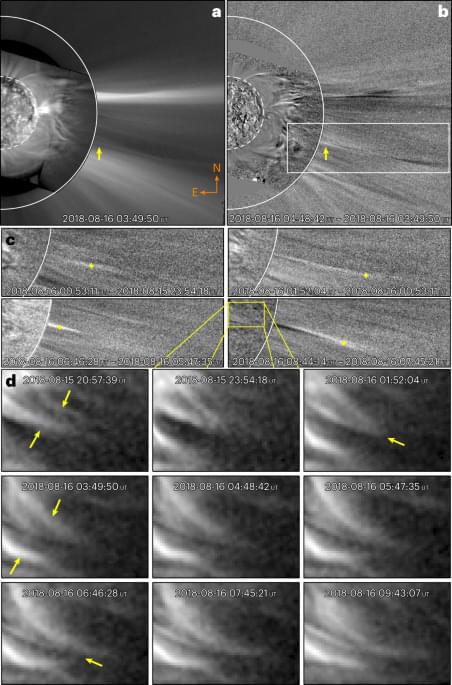
Thus, our SUVI observations captured direct imprints and dynamics of this S-web in the middle corona. For instance, consider the wind streams presented in Fig. 1. Those outflows emerge when a pair of middle-coronal structures approach each other. By comparing the timing of these outflows in Supplementary Video 5, we found that the middle-coronal structures interact at the cusp of the southwest pseudostreamer. Similarly, wind streams in Supplementary Figs. 1 – 3 emerge from the cusps of the HCS. Models suggest that streamer and pseudostreamer cusps are sites of persistent reconnection30,31. The observed interaction and continual rearrangement of the coronal web features at these cusps are consistent with persistent reconnection, as predicted by S-web models. Although reconnection at streamer cusps in the middle corona has been inferred in other observational studies32,33 and modelled in three dimensions30,31, the observations presented here represent imaging signatures of coronal web dynamics and their direct and persistent effects. Our observations suggest that the coronal web is a direct manifestation of the full breadth of S-web in the middle corona. The S-web reconnection dynamics modulate and drive the structure of slow solar wind through prevalent reconnection9,18.
A volume render of log Q highlights the boundaries of individual flux domains projected into the image plane, revealing the existence of substantial magnetic complexity within the CH–AR system (Fig. 3a and Supplementary Video 7). The ecliptic view of the 3D volume render of log Q with the CH–AR system at the west limb does closely reproduce elongated magnetic topological structures associated with the observed coronal web, confined to northern and southern bright (pseudo-)streamers (Fig. 3b and Supplementary Video 8). The synthetic EUV emission from the inner to middle corona and the white-light emission in the extended corona (Fig. 3c) are in general agreement with structures that we observed with the SUVI–LASCO combination (Fig. 1a). Moreover, radial velocity sliced at 3 R ☉ over the large-scale HCS crossing and the pseudostreamer arcs in the MHD model also quantitatively agree with the observed speeds of wind streams emerging from those topological features (Supplementary Figs. 4 and 6 and Supplementary Information). Thus, the observationally driven MHD model provides credence to our interpretation of the existence of the complex coronal web whose dynamics correlate to the release of wind streams.
The long lifetime of the system allowed us to probe the region from a different viewpoint using the Sun-orbiting STEREO-A, which was roughly in quadrature with respect to the Sun–Earth line during the SUVI campaign (Methods and Extended Data Fig. 6). By combining data from Solar Terrestrial Relations Observatory-Ahead’s (STEREO-A) extreme ultraviolet imager (EUVI)34, outer visible-light coronagraph (COR-2) and the inner visible-light heliospheric imager (HI-1)35, we found imprints of the complex coronal web over the CH–AR system extending into the heliosphere. Figure 4a and the associated Supplementary Video 9 demonstrate the close resemblance between highly structured slow solar wind streams escaping into the heliosphere and the S-web-driven wind streams that we observed with the SUVI and LASCO combination. Due to the lack of an extended field of view, the EUVI did not directly image the coronal web that we observed with SUVI, demonstrating that the SUVI extended field-of-view observations provide a crucial missing link between middle-coronal S-web dynamics and the highly structured slow solar wind observations.
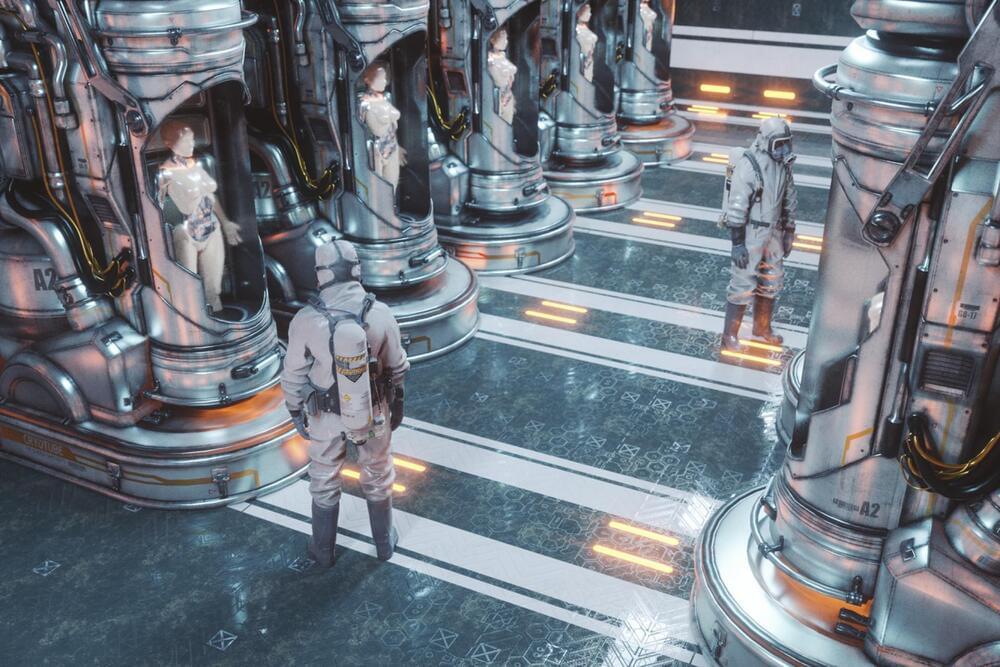
The study aims to induce hibernation in monkeys and, eventually, in humans.
In a new study, researchers reduced the core body temperature of crab-eating macaques purely by controlling their brains. The study aims to find a way to induce hibernation in monkeys and, eventually, in humans.
Gremlin/iStock.
Hibernation enables mammals such as bears and rodents to survive adverse weather conditions or a lack of food. During this deep sleep state, they enter a kind of energy-saving mode. Breathing, heart rate, and energy consumption are all drastically reduced; their body temperature plummets, and their metabolism and the chemical reactions that keep them alive slow. Scientists call this condition’ torpor.’ Animals hibernate by alternating between long periods of torpor and brief periods of arousal, during which they wake up to feed.
As part of Conversations on the Quantum World, a webinar series hosted by the Caltech Science Exchange, Professor of Theoretical Physics Kathryn Zurek and Professor of Physics Rana Adhikari talk about one of the biggest mysteries in physics today: quantum gravity.
Quantum gravity refers to a set of theories attempting to unify the microscopic world of quantum physics with the macroscopic world of gravity and space itself. Zurek, a theorist, and Adhikari, an experimentalist, have teamed up with others to design a new tabletop-size experiment with the potential to detect signatures of quantum gravity.
In conversation with Caltech science writer Whitney Clavin, the scientists explain that at the microscopic, or quantum, level, matter, and energy are made up of discrete components; in other words, quantized. Many scientists believe that gravity is also quantized: if you magnify space itself enough, you should see discrete components. In this webinar, Zurek and Adhikari discuss why measuring quantum gravity is so difficult and how they plan to go about searching for its elusive signatures.

In November 2021, while the municipal utility in Marburg, Germany, was performing scheduled maintenance on a hot water storage facility, engineers glued 18 solar panels to the outside of the main 10-meter-high cylindrical tank. It’s not the typical home for solar panels, most of which are flat, rigid silicon and glass rectangles arrayed on rooftops or in solar parks. The Marburg facility’s panels, by contrast, are ultrathin organic films made by Heliatek, a German solar company. In the past few years, Heliatek has mounted its flexible panels on the sides of office towers, the curved roofs of bus stops, and even the cylindrical shaft of an 80-meter-tall windmill. The goal: expanding solar power’s reach beyond flat land. “There is a huge market where classical photovoltaics do not work,” says Jan Birnstock, Heliatek’s chief technical officer.
Organic photovoltaics (OPVs) such as Heliatek’s are more than 10 times lighter than silicon panels and in some cases cost just half as much to produce. Some are even transparent, which has architects envisioning solar panels not just on rooftops, but incorporated into building facades, windows, and even indoor spaces. “We want to change every building into an electricity-generating building,” Birnstock says.
Heliatek’s panels are among the few OPVs in practical use, and they convert about 9% of the energy in sunlight to electricity. But in recent years, researchers around the globe have come up with new materials and designs that, in small, labmade prototypes, have reached efficiencies of nearly 20%, approaching silicon and alternative inorganic thin-film solar cells, such as those made from a mix of copper, indium, gallium, and selenium (CIGS). Unlike silicon crystals and CIGS, where researchers are mostly limited to the few chemical options nature gives them, OPVs allow them to tweak bonds, rearrange atoms, and mix in elements from across the periodic table. Those changes represent knobs chemists can adjust to improve their materials’ ability to absorb sunlight, conduct charges, and resist degradation. OPVs still fall short on those measures. But, “There is an enormous white space for exploration,” says Stephen Forrest, an OPV chemist at the University of Michigan, Ann Arbor.